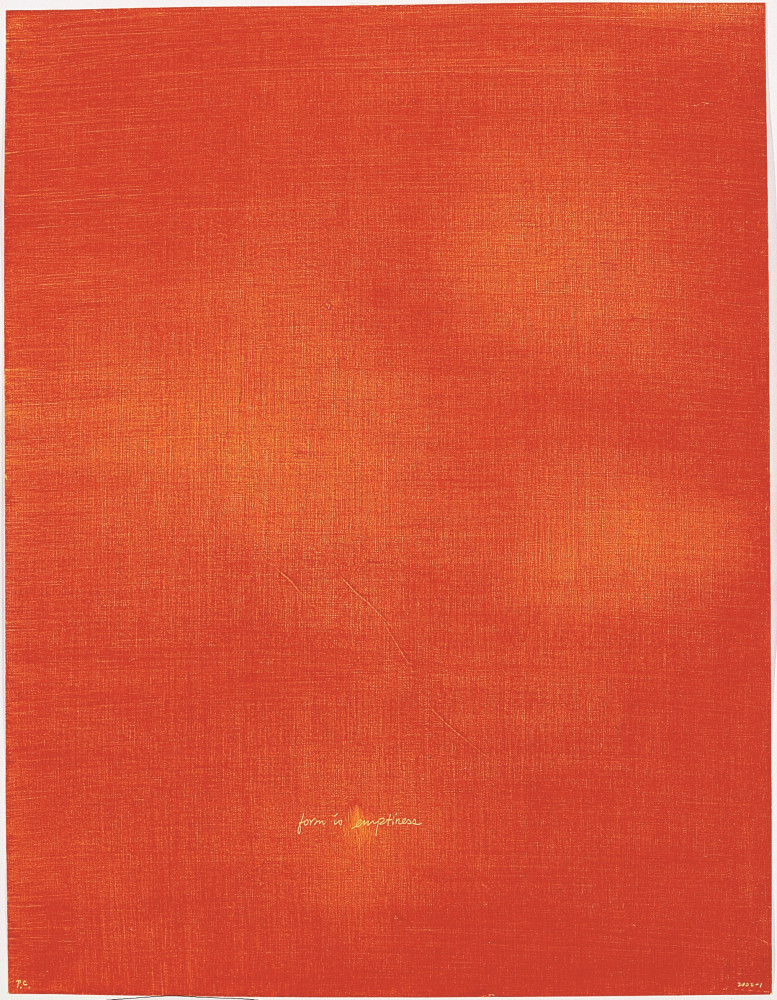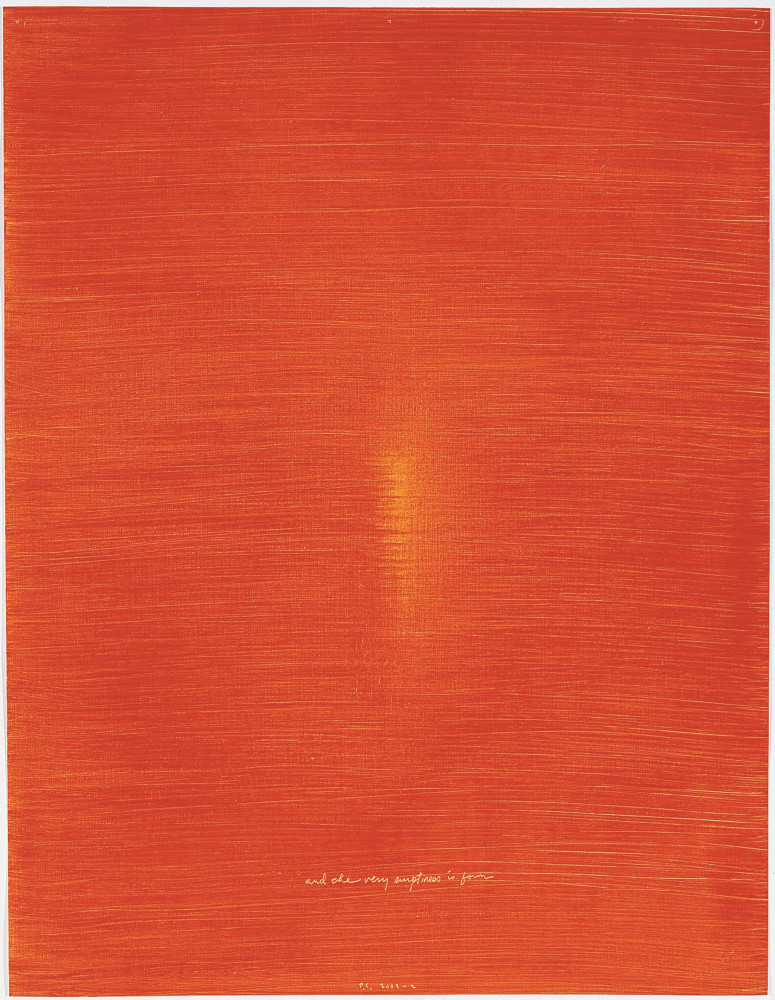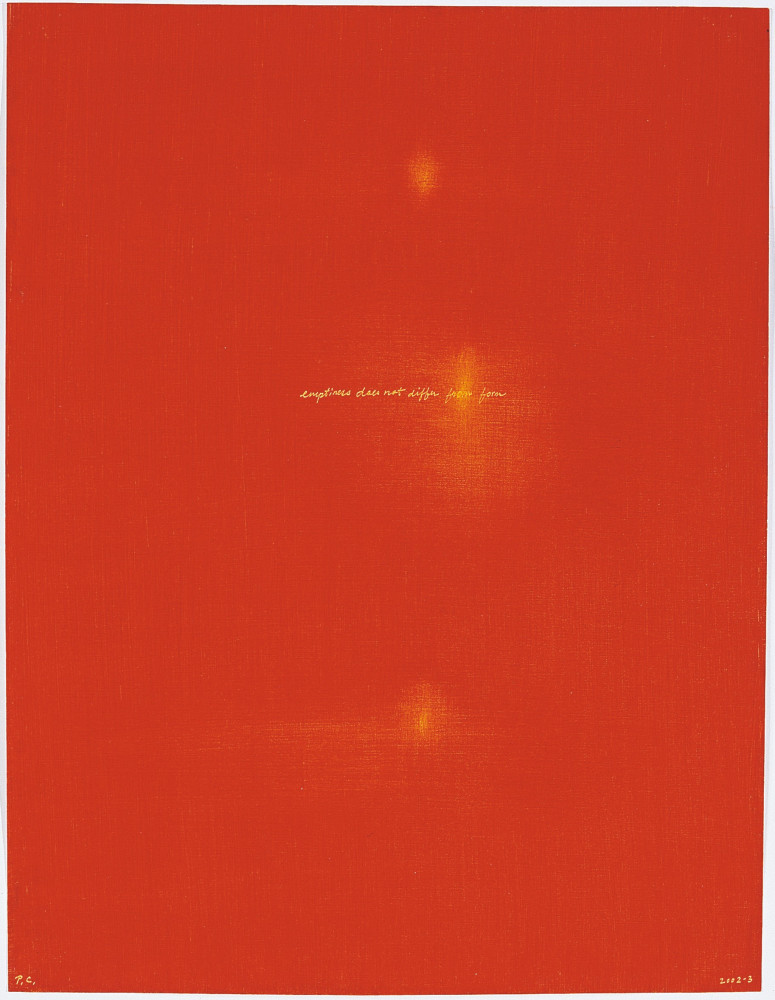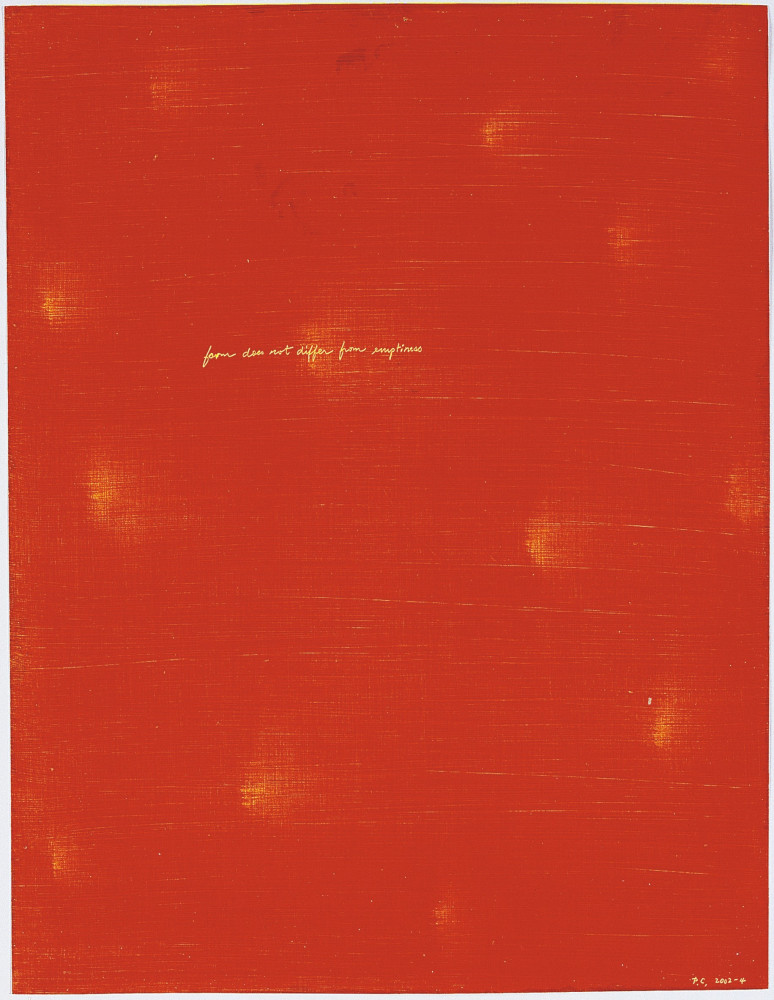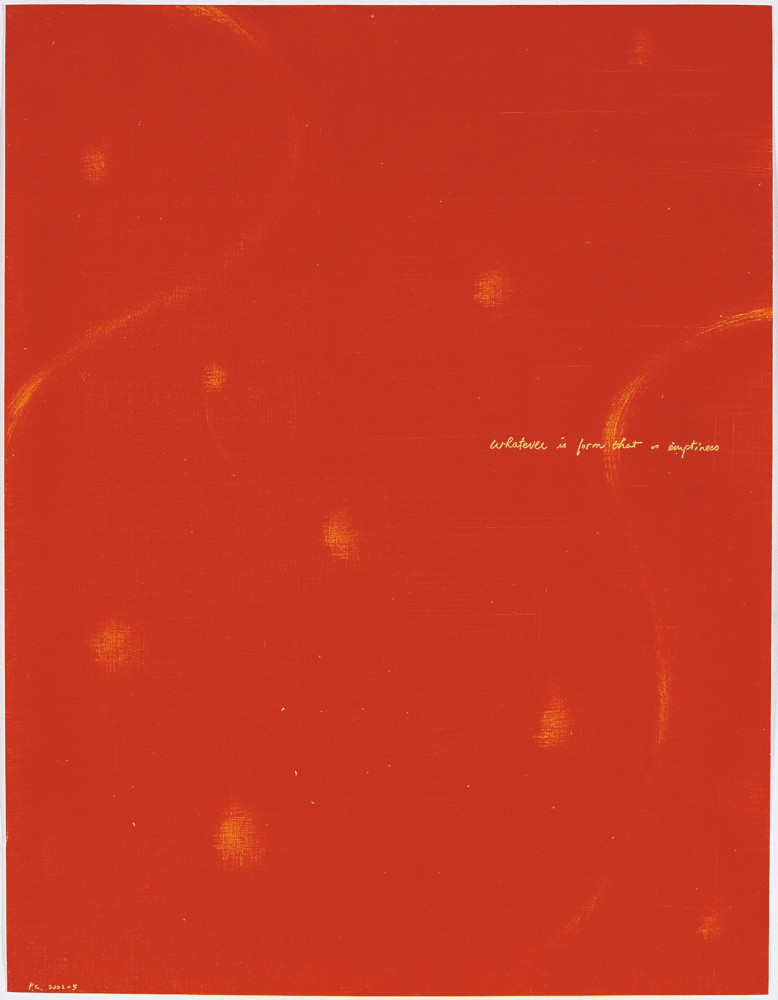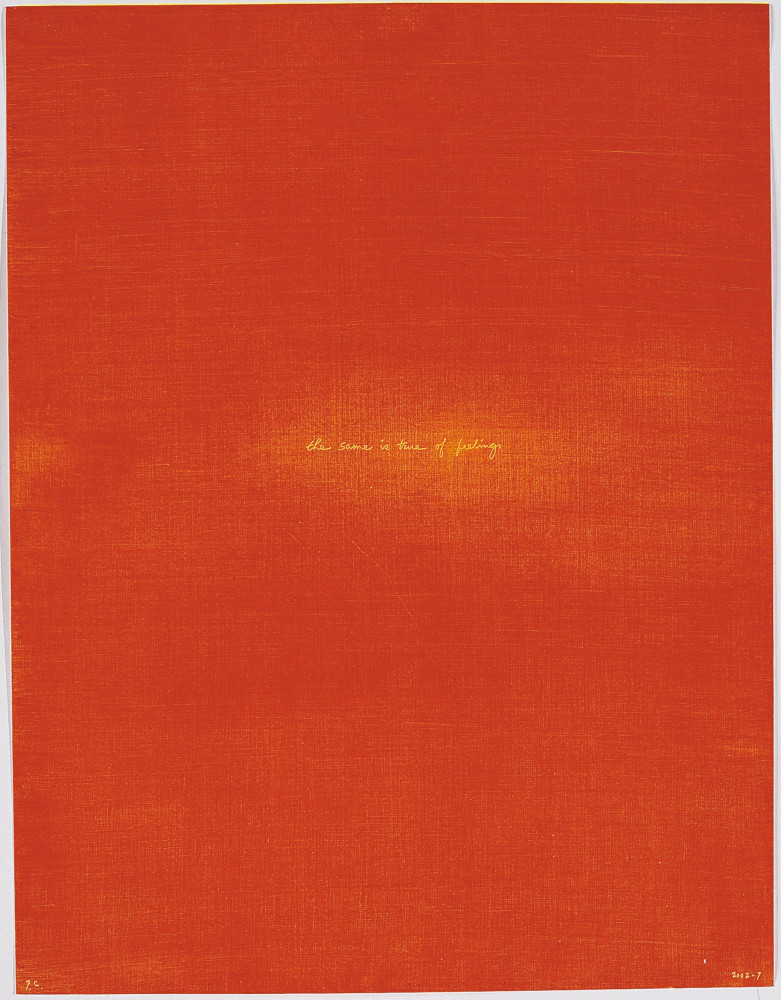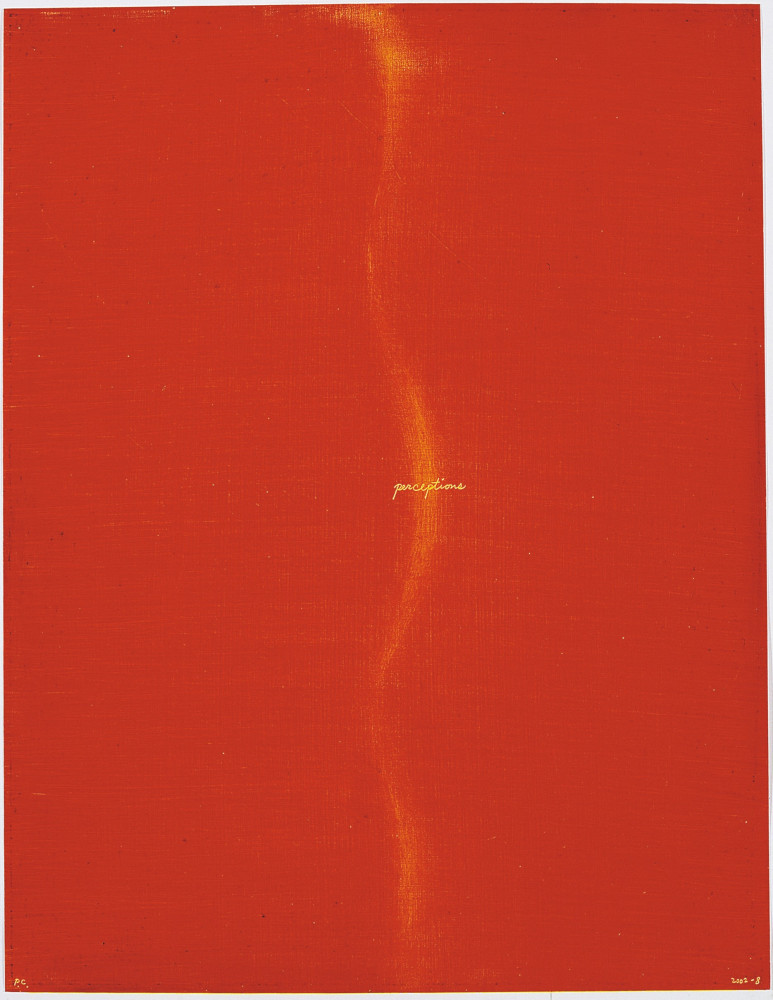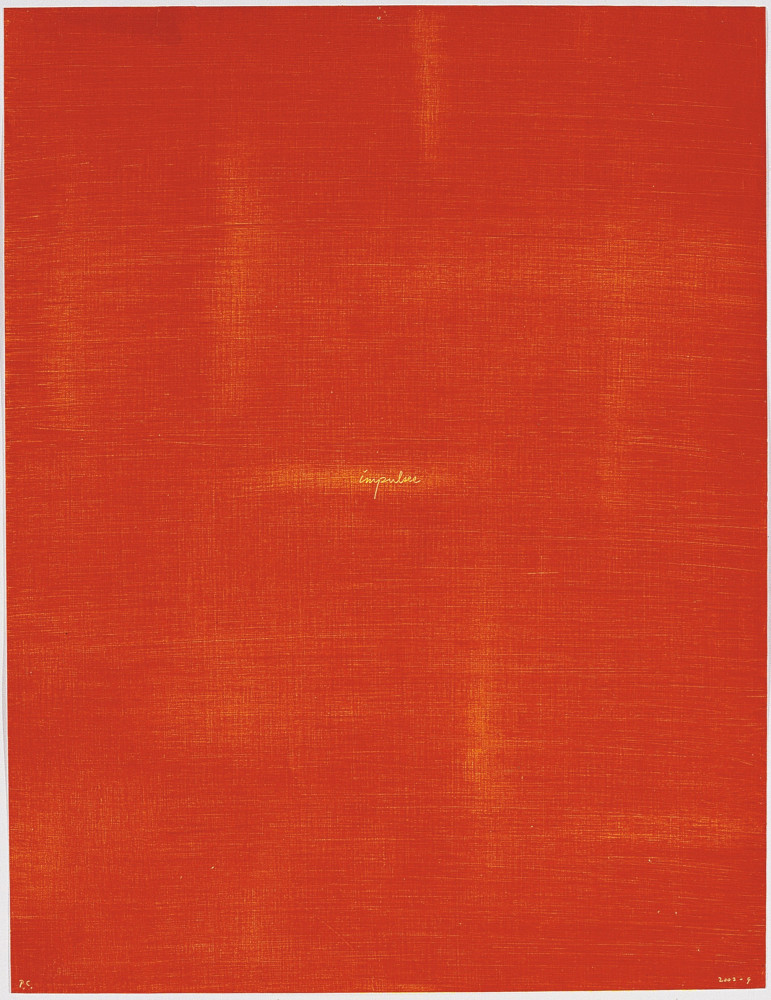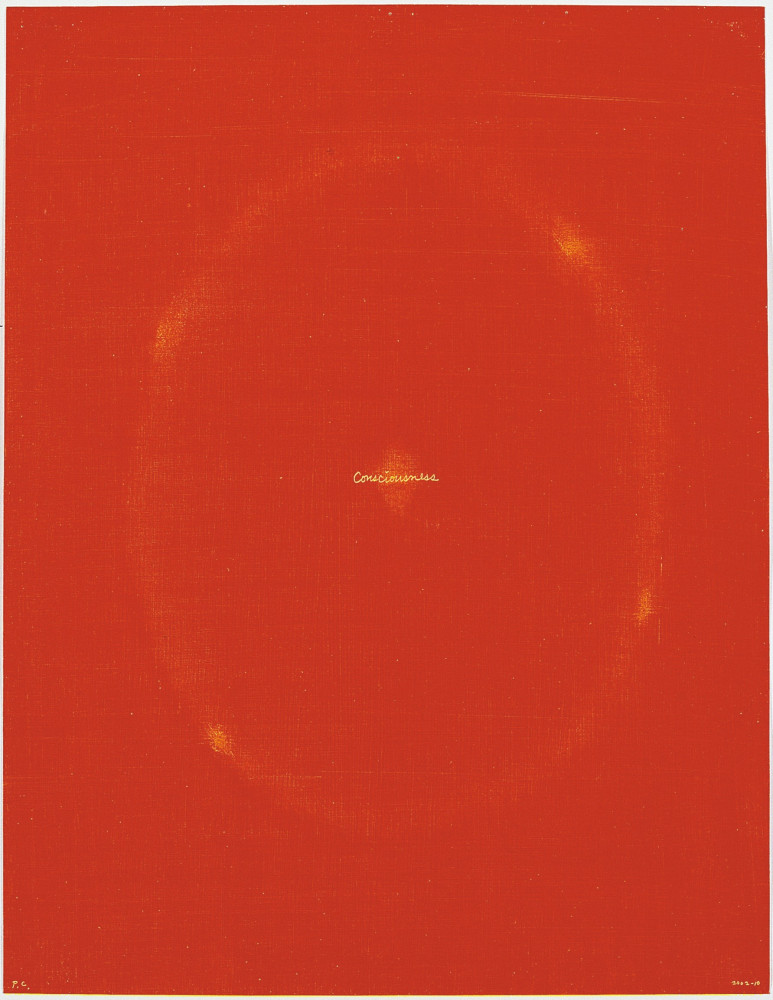Chiang's art is a profound exploration of the inner self, using introspection to connect with the soul. Observing his paintings in silence stirs a deep inner awakening, revealing a subtle beauty that resonates on an emotional level. Since the 1960s, his work has explored the themes of life, death, belonging, and spiritual solace, with light serving as a recurring symbol of hope.
During his 30 years in New York, amid frequent travels to Paris, Chiang grappled with self-doubt, often retreating into solitude for reflection. This introspective period gave rise to the "Notre-Dame de Paris" and "Death in the Distance" series, where his works began to express the deeper emotional conflicts within him. Even after 2002, his exploration of life's mysteries continued to evolve with works like "Meditation on Eternity," which delved further into existential themes.
In 2007, as Chiang faced his daughter's health challenges, he channeled his emotions into the "Silver Lake" series. These paintings abstractly captured the landscape near her home, infused with a sense of hope and light. Chiang's delicate brushstrokes conveyed solitude and emotional depth, transforming painting into a powerful vehicle for self-exploration. His mastery of light and shadow, combined with his deep understanding of life's fragility, invites viewers to look beyond the surface of his paintings and connect with the profound emotions embedded within.
Notre Dame de Paris
After moving to New York, Chiang secluded himself in a dark, window-sealed studio, eliminating distractions to fully immerse in his art. He made occasional trips to Paris, renting an attic studio in the Latin Quarter with sealed windows. In 1982, at age forty, Chiang sought to capture spirituality in his work. It was in Paris that he created the "Notre-Dame de Paris" series, marking a pivotal moment in his career. Reflecting on this, Chiang stated, "It wasn't until I painted the 'Notre-Dame de Paris' series that I felt qualified to call myself an artist."
These invaluable works on paper, despite their deep gray and black tones, retain a remarkable transparency—achieving the clarity Chiang had pursued for years.
Death in Distance
After Chiang gained confidence from creating the "Notre Dame de Paris" series in 1982, Chiang returned to his studio in SoHo, New York, where he embarked on his first piece of the "Death of the Distance" series. Influenced by years of frustration, heavy emotions, and pressures, he painted on a nearly two-by-three-meter canvas. The stark black-and-white composition portrays a massive, oppressive coffin, exploring theme of eternal life. The depiction of death is strikingly direct, while redemption appears as distant and faint as the small cross collapsing in the upper left corner of the coffin. This vividly reflects Chiang's emotional struggle at the time. The work exudes a powerful sense of tragedy, and Chiang recalls that creating it felt almost revelatory—he painted the "large coffin" without clear intention, leaving even him puzzled.
Silver Lake
After developing the "Hundred Year Temple" series for seven or eight years, Chiang sought to create something new. From 2000 to 2005, he frequently traveled to Los Angeles to visit his eldest daughter, who was battling with illness. Nearby Silver Lake, a large reservoir, became a place of reflection for him. Troubled by the time difference and his daughter's health, Chiang often found himself sleepless at night, gazing at the expansive lake and contemplating his next artistic direction. He felt a strong urge to express the deep emotions he had long harbored—sorrow, joy, and existential questions.
In 2006, he introduced the "Silver Lake" series, using only black and white, which marked a departure from his previous work's thick textures. By applying a significant amount of blended oil, he allowed white paint to flow freely over the dark canvas, creating the effect of light emerging from within. After moving to Taitung, Chiang continued this series, incorporating his favorite blue hues.
Meditation on Eternity 02
In 2002, Chiang created a ten-piece series titled "Meditation on Eternity 02," inspired by his visit to the small island of St. Honorat in southern France. St. Honorat, a retreat for Cistercian monks, is known for its simplicity and serene environment, in stark contrast to the bustling tourist scene of nearby Nice. Upon returning to his Parisian attic, Chiang produced this series, deliberately using elegant English calligraphy to represent key concepts from the English version of the Heart Sutra—such as Form, Consciousness, and Emptiness. Chiang reflected, "I may never create such a tranquil work again in my lifetime."
Saint-Sulpice
Paris is Chiang's spiritual homeland, and during his time in New York, he frequently traveled back to Paris. He was particularly fond of the Saint-Sulpice Church in the Latin Quarter. In 2004, Chiang revisited the church and completed a series of works named after it, continuing the theme from his "Notre Dame de Paris" series. Although the fictional plot in The Da Vinci Code made the church famous for its supposed "Paris Meridian" marked by a white obelisk and the mysterious "keystone" beneath it, which allegedly led to the murder of an elderly nun by an albino monk, Chiang saw Saint-Sulpice as a place of simplicity and tranquility, making it one of his cherished "spiritual sanctuary."












